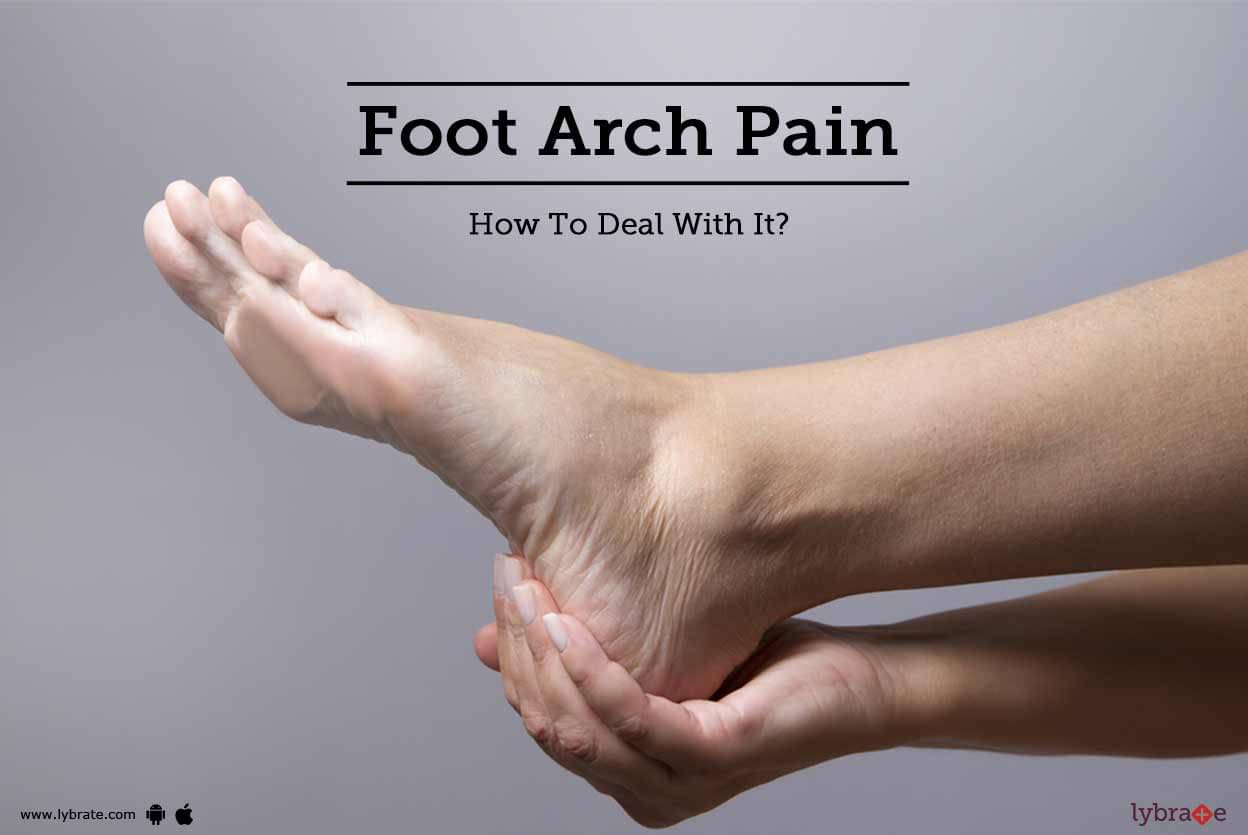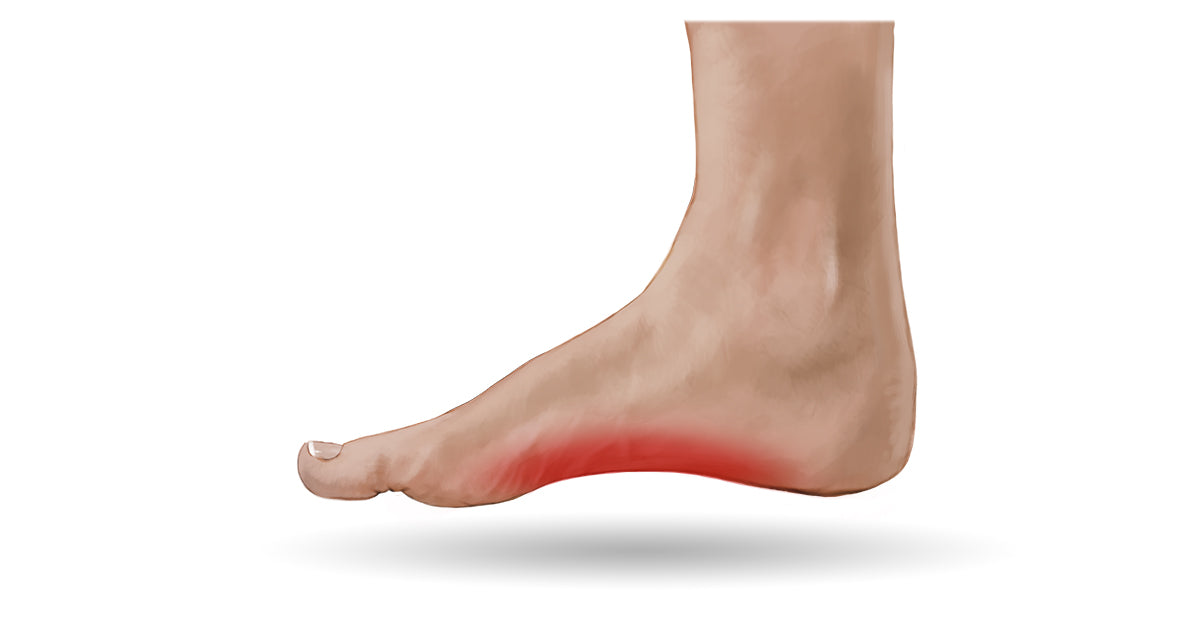

You should see the biggest change in your symptoms within the first couple of weeks. Help and supportįollowing this advice, you should see gradual improvements over time. You don't need to be pain and symptom-free to return to work. It's recommended you stay at or return to work as quickly as possible during your recovery. If you have any issues with circulation or sensation, you shouldn't use ice or heat as a treatment for foot pain.
#SUDDEN ARCH PAIN IN FOOT PROFESSIONAL#
You should stop treating the area with ice or heat and seek advice from a medical professional if you notice an increase in redness, discolouration or blistering of the skin. You should also leave a few hours between treatments. However, you should generally apply heat or ice for up to 15 minutes.

How long you use ice as a treatment can vary.
#SUDDEN ARCH PAIN IN FOOT SKIN#
Use a barrier, like a towel, to protect your skin from a burn. Never place ice or heat directly on your skin. You can try heat to help your pain levels if there's no swelling and your symptoms are not related to a recent injury. Ice is most beneficial if your foot problem is related to an injury. Heat or ice can be beneficial in the management of musculoskeletal pain. pain medication - this can help you move more comfortably, which can help your recovery.The following can help to reduce the pain: keep your other muscles and joints strong and flexibleĪvoid sports or heavy lifting until you have less discomfort and good movement.maintain your current levels of fitness – even if you have to modify what you normally do, any activity is better than none.Keeping active's the single best thing you can do for your general health. They may be challenging at the beginning so just do what you can and try to build it up over time.Įxercises to help with foot problems Benefits of keeping active It's beneficial to do specific exercises that can help in your recovery. do whatever you normally would and stay at or return to work - this is important and is the best way to get better.try to slowly return to normal activity by gradually building your activities up.use a handrail (if available) when going up and downstairs.lead with your problem leg when going downstairs to reduce the strain on your foot.lead with your good leg when going upstairs to reduce the strain on your foot.move your foot gently for 10 to 20 seconds every hour when you're awake.rest your foot but avoid long periods of not moving.reduce your activities but move as much as your symptoms allow.Within the first 24 to 48 hours of symptoms starting you should try to: Keeping your foot moving is an essential part of your treatment and recovery. There are a number of things you can do to help your foot problem. If the limp is severe, using a walking stick on the opposite side to your foot problem may help. If you have any of these symptoms it would be helpful to read about back problems.įoot problems can also cause limping. People with this sort of problem often describe the pain as pins and needles, sharp, hot or burning pain. Occasionally, problems felt in your foot and leg can be due to a back problem - even though you don't feel pain in your back. This should improve as your foot problem gets better. You may feel some pain in your toes, ankle, calf, knee and even in your back. Can foot pain cause problems anywhere else? Foot problems are fairly common and can be caused by:Īs you get older, normal age-related changes can cause your foot problem to flare-up now and again, often for no reason.


 0 kommentar(er)
0 kommentar(er)
